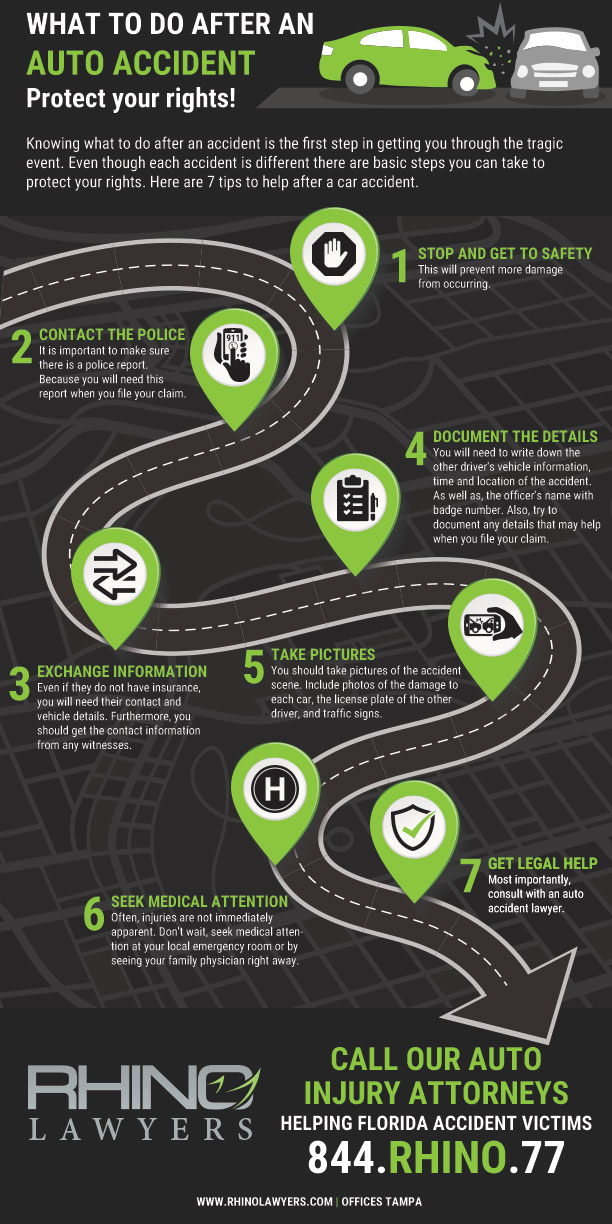One pedestrian was killed in an accident every one and a half hours in 2020, making up one in six total road deaths.
Pedestrians are a lot more vulnerable. But victims of pedestrian accidents aren’t second-class citizens in the world of personal injury claims. While pedestrians must obey the rules of traffic and use a crosswalk where available, it doesn’t help the complexity of the situation.
Read on to learn why crosswalks aren’t everything in pedestrian accidents.
Can I Get Compensation if I Wasn’t on the Crosswalk?
Crossing without a crosswalk doesn’t preclude pedestrians from compensation in the event of an injury. Sometimes a crosswalk isn’t available. This means a driver should yield to pedestrians and drive with care in pedestrian areas. Failure to do so is negligent behavior.
The compensation question ultimately comes down to a question of fault. Whose fault is an accident, and how to prove that fault?
How Do the Courts Know Who Is at Fault?
Determining who’s at fault in a jaywalking accident depends on several factors and rests upon comparative negligence, which we’ll explain below.
In short: The courts decide to what degree the driver is at fault. If the driver bears no responsibility at all, then they won’t owe compensation. One of the crucial factors in determining fault is the driver’s state at the time of an accident.
Drivers are more likely to be considered negligent if:
- They exceed the speed limit
- The driver is distracted while driving
- They are driving under the influence of drugs or alcohol
- They fail to observe a pedestrian’s right-of-way
Many personal injury cases settle out of court. When they go to court, a jury reviews the available evidence and decides who’s at fault.
To prove that a driver is to blame for an accident, the plaintiff must show that the driver owed care of duty to them. As well as, the driver’s failure to provide that care caused the accident (and resulting injury).
How Likely Am I to Win?
Plaintiffs in personal injury cases related to auto accidents win more than 60% of the time. That said, many attorneys will recommend you accept a settlement if offered to you. Because there’s no risk of a loss, where you would otherwise walk away with nothing.
Florida’s Pedestrian Laws
Pedestrians in Florida abide by Florida’s pedestrian laws, and they factor into the strength of your case. Generally, pedestrians are expected to:
- Obey traffic signals where available
- Use sidewalks and crosswalks where available
- Avoid running into the road
- Avoid crossing intersections diagonally
- Use pedestrian tunnels and overhead crossings where available
- Stay off of highways and freeways
How Right-of-Way Impacts Your Case
Drivers who fail to yield to a pedestrian with right-of-way are far more likely to be considered at fault in an accident. Demonstrating that you had the right-of-way will strengthen your case.
However, pedestrians aren’t automatically granted right-of-way. Drivers must yield to pedestrians at crosswalks. They’re also expected to yield in other places:
- Intersections with stop signs
- Intersections with traffic signals, if the signal indicates a pedestrian can cross
Duty of Care
Drivers have a duty of care to pedestrians – they’re expected to do everything in their power to avoid causing injury. This includes slowing down, switching lanes, honking a horn, and coming to emergency stops.
In other words, a driver who doesn’t honk, brake, or show any intent of preventing injury is failing to provide their duty of care. That’s true even in the event a pedestrian runs out in front of them.
It’s the degree of comparative negligence that makes all the difference.
How Does Comparative Negligence Work in Florida?
The state of Florida uses the comparative negligence rule. In auto and pedestrian accidents, the amount of blame that falls onto each party affects the damages owed.
For instance, if a court finds a driver 70% at fault, then the person hit by a vehicle receives 70% of the compensation. In most cases, that means your insurance provider would cover 30% of the damages, while the driver would cover the remaining 70%.
The comparative negligence rule is a method of considering all facts and reaching an equitable outcome. But, if they show you to have a majority of the fault, it may be more difficult to collect damages.
At times, the comparative negligence ruling can cause all parties to claim damages. But in the case of pedestrian injuries (where it is unlikely for the driver to sustain an injury), this rarely occurs.
How Much Compensation Can I Receive?
The compensation owed to victims of a vehicle accident varies based on the nature of the accident itself. By their nature, pedestrian accidents often result in more serious injuries, including:
- Broken limbs
- Broken bones
- Lacerations and cuts
- Organ damage
- Head injuries
The severity of the injury is the determining factor in the compensation due. On average, personal injury lawsuits across all auto accidents amount to $29,000 – though every case is different and the amount due can vary by a lot.
Documentation of the damages is also important and proving that they resulted from an accident is crucial. Suffering from whiplash, cuts, and bruises alone isn’t enough – you need to be able to prove it to the court.
The best way to learn how much they owe you in damages is to speak with a qualified attorney. Especially, one who specializes in personal injury claims.
Receive Fair Compensation for Your Injury
Crossing without a crosswalk can complicate your claim – but won’t leave it dead in the water. Although, it’s one of many factors in establishing blame. Luckily, a high-quality law firm will build a case from all the facts to ensure you receive compensation for your injuries.
If you have suffered a personal injury as a pedestrian, we can ensure you get the compensation you deserve thanks to our inside knowledge of the insurance companies. We value human-to-human interaction and connect with our clients on a personal level. Click here to book a free video consultation or case review.
CONTACT A TAMPA AUTO ACCIDENT ATTORNEY
In short, after a car accident, you may not know your rights. Above all, don’t struggle through the process alone. Actually, our personal injury team is here to help you with any legal needs you might have regarding your accident.
Lastly, let RHINO Lawyers answer your questions and review the facts of your case with a Free Consultation. So, get started by completing the “Free Instant Case Evaluation” or by calling us any time, day or night, at 844.RHINO.77.










